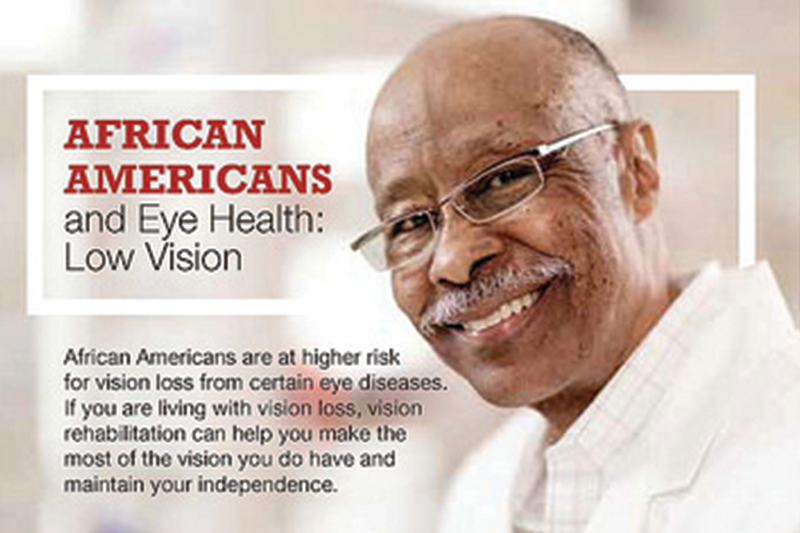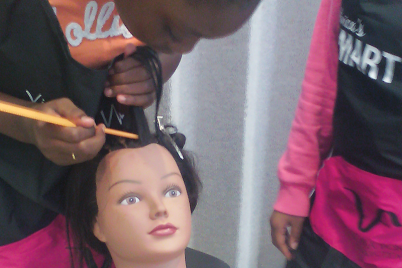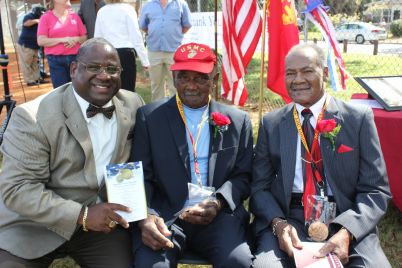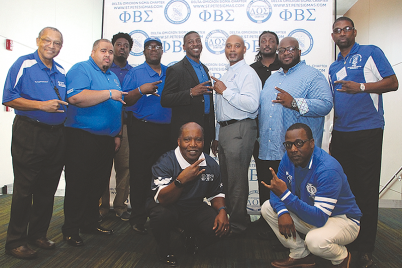New studies predict boom in cases of low vision, but help is available.
As the last of the baby-boom generation approaches the age of 65, the number of cases of visual impairment and blindness is projected to experience a boom of its own in the coming years. According to recent studies funded by the National Eye Institute (NEI) of the National Institutes of Health (NIH), the number of Americans who are visually impaired—including those with low vision—is expected to double to more than 8 million by 2050.
Low vision is when people have difficulty seeing, even with regular glasses, contact lenses, medicine, or surgery. People with low vision may find it challenging to perform everyday activities such as getting around the neighborhood, reading the mail, shopping, cooking, or watching television.
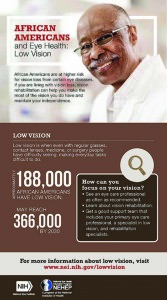 Most people with low vision are age 65 or older. The leading causes of vision loss in older adults are age-related macular degeneration, diabetic retinopathy, cataract, and glaucoma. Among younger people, vision loss is most often caused by inherited eye conditions, infectious and autoimmune eye diseases, or trauma.
Most people with low vision are age 65 or older. The leading causes of vision loss in older adults are age-related macular degeneration, diabetic retinopathy, cataract, and glaucoma. Among younger people, vision loss is most often caused by inherited eye conditions, infectious and autoimmune eye diseases, or trauma.
Because the consequences of vision loss may leave people feeling anxious, helpless, and depressed, it is important to remind them that there is help. “People experiencing vision loss should talk to their eye care professional and seek a referral to a low vision specialist,” advises Paul A. Sieving, M.D., Ph.D., director of NEI, one of the federal government’s principal agencies for vision research.
A low vision specialist is an ophthalmologist or optometrist trained to help people who have low vision maximize their remaining sight and continue to live safe, productive, and rewarding lives. This specialist can develop a vision rehabilitation plan that identifies the appropriate strategies and assistive devices for a person’s particular needs.
“A vision rehabilitation plan helps people reach their true visual potential when nothing more can be done from a medical or surgical standpoint,” explains Mark Wilkinson, O.D., a low vision specialist at the University of Iowa Hospitals and Clinics and chair of the low vision subcommittee for the National Eye Health Education Program (NEHEP).
A new report from the National Academies of Sciences, Engineering, and Medicine noted that vision rehabilitation is essential to maximizing the independence, functioning, participation, safety and overall quality of life for people with visual impairment.
Vision rehabilitation services are provided by a team of professionals such as occupational therapists, orientation and mobility instructors, low vision therapists, rehabilitation teachers, and adaptive technology specialists.
These specialists work together to teach people with vision loss a variety of skills, including the following:
-
Using magnifying and adaptive devices
-
Navigating safely around the home and in public
-
Performing daily activities such as cooking, shopping, and reading
-
Finding resources and support

